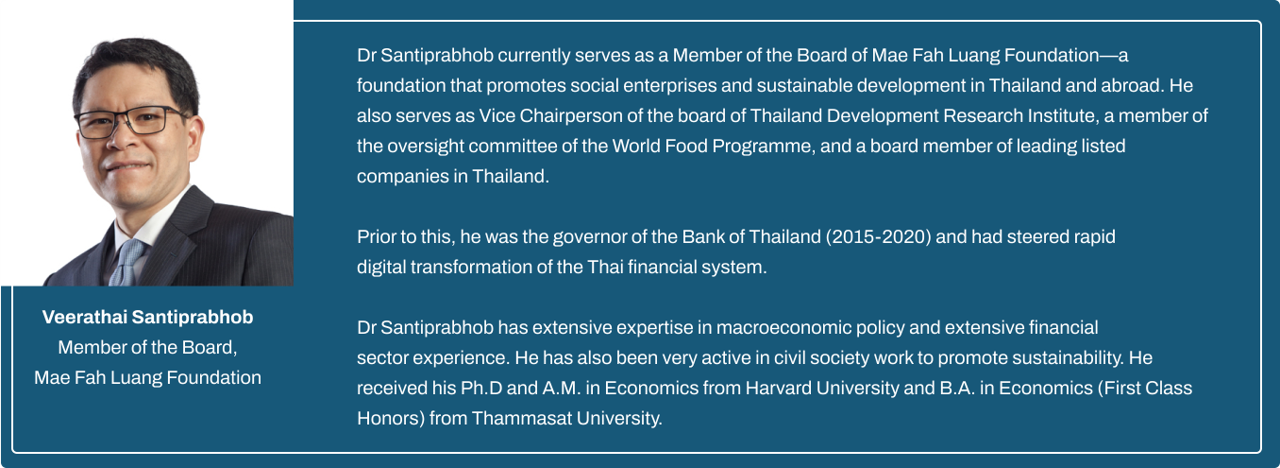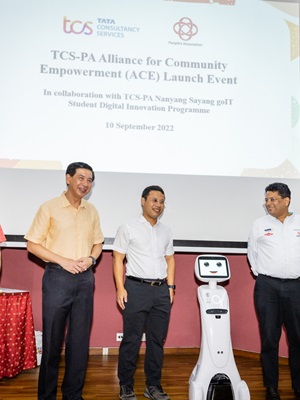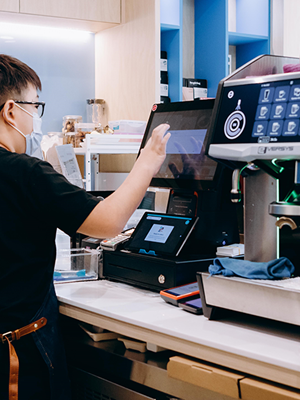AI has advanced tremendously in the past decade. From the activation of Sophia the robot to Generative AI going mainstream, much like the Internet in 1990s, more and more people are turning to AI for personal and work usage. From writing emails, to assisting scientific research, to creating schedules, AI has proved to be an extremely useful streamlining processes that once took larger amounts of man and brain power. However, generative AI could pose as a serious threat to those working in the creative industry as quick, machine-generated content overshadows human ingenuity.
How AI is trained to generate ‘art’
AI content isn’t just generated out of nowhere- it relies on mass amounts of content being fed to it to perform specific tasks. Content is collected online or from different databases, and then parsed for imperfections. The model identifies patterns found in each data set and replicates in when prompted. The more content the model is fed, the more patterns it can identify, hence the more accurate the results produced.
How AI undercuts the value of ‘real’ art
It is a common misconception that art is an invaluable skill. Like a scientist or a businessman, any artist spends years, if not decades, learning and refining their craft. Every painting, sculpture, or story, that is created by a human is unique and a direct reflection of their passion and dedication. Famous pieces by artists like Van Gogh and Antoni Gaudi that have taken years to create solidifies the notion that creativity is a slow, meticulous process that yields extraordinary work.
The production of AI art works in the exact same way- datasets of existing art are selected and fed to the model, which the model is then able to replicate when prompted. While some social media companies like Meta have started providing users with the option to opt out of data collection, artwork that is already online has most likely been used as part of a dataset. This means that the ‘art’ produced by generative models is the result of non-consensual usage of millions of human-made pieces that already exist on the Internet. Each image produced is the bastardisation of the craft and mastery of countless artists, from the composition to the colours chosen. Not only is their intellectual property stolen, but it can also be reproduced repeatedly for little to no cost.
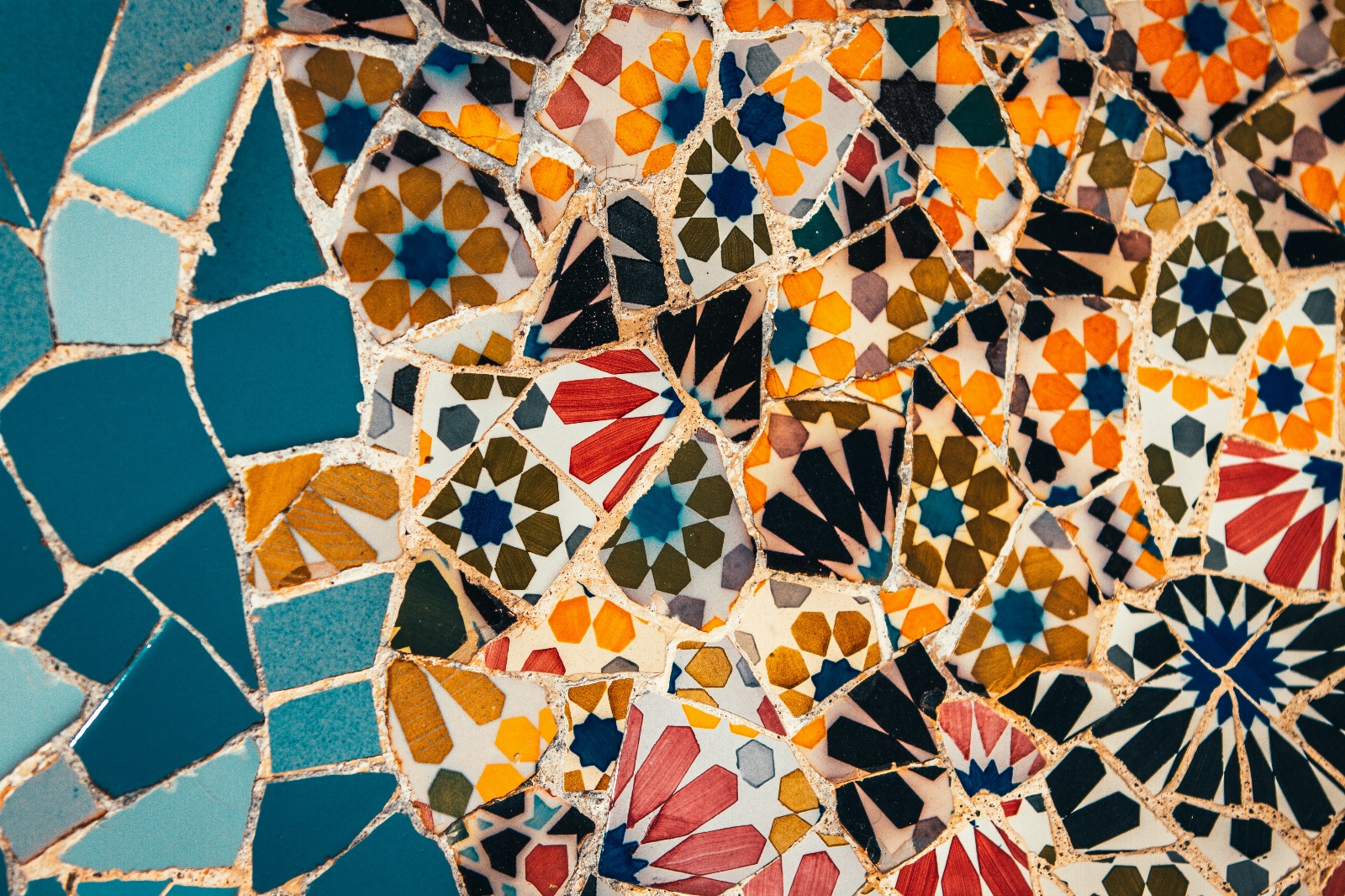
A wall mosaic from Gaudi's Park Guell. Photo Credits- Raimond Klavins on Unsplash
However, as our society becomes more engrained in hustle culture and capitalism, the time and effort required to produce art became a hindrance when high productivity was favoured. Additionally, due to inflation, the average person might have less disposable income to spend on artwork. As the arts scene declined and diminished in perceived value over the years, fine arts majors faced a 7.4% unemployment rate and financial insecurity even in art-centric regions like New York City. Generative AI only exacerbates the problem, making it possible to generate a ‘painting’ you could hang in your living room for free. Magazines and publishers no longer need artists to create illustration and graphics for them- generative AI could do it much faster for much cheaper. AI could even be used to write whole books with concrete storylines and relatable characters, or make short reels complete with voiceovers that could be used for marketing purposes with a few simple prompts.
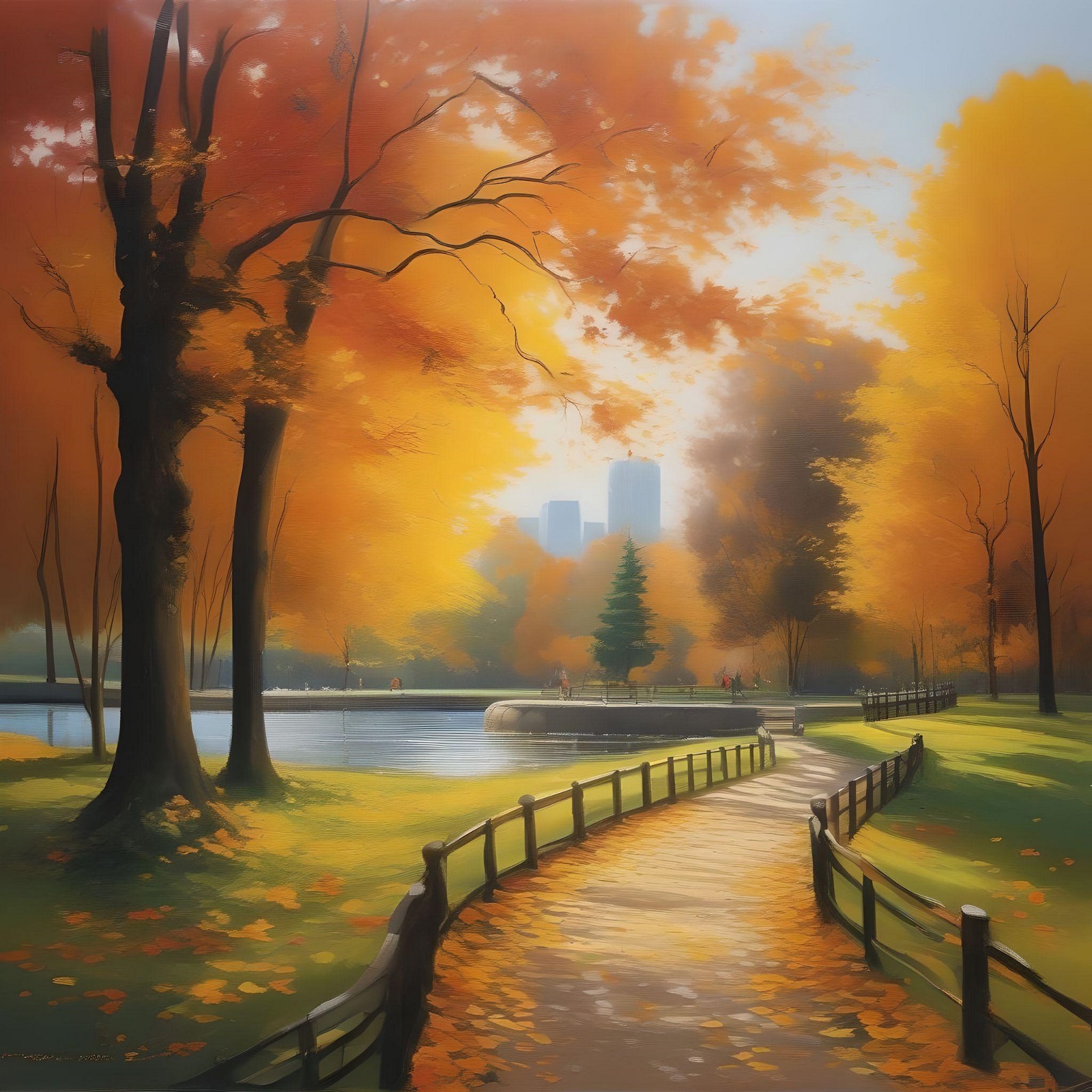
An example of a ‘painting’ of a park in autumn that I generated using prompts with FotorAI
By being able to closely replicate what might take someone years within seconds, AI undermines the amount of passion, skill and talent it takes to create art. When art is readily available for little to no cost at the click of a mouse, it’s no wonder that artists can’t make a living.
So, where do we draw the line?
If even the generation of AI art required the input of human art, wouldn’t it be ironic to say that art as a skill has no place in modern society? You wouldn’t undermine a mathematician because AI could solve a complex problem for them, or a lawyer because AI can draft a defence for their client. So why is it that we’re doing just that to our artists? If artistic talent is not something that everything possesses, who are we to judge the value of it because it can be replicated?
As we continue opting for machine-generated and automated content over human-made content, we slowly erase human creativity. Every joke written in a sitcom, cover art on a best-selling book, lovable character, breathtaking painting, and sold-out musical was a direct result of someone’s dedication to their craft. These works of art resonate with us because of their imperfections and relatability, because they are human. Sure, AI can generate a flawlessly adorable photo of my cat, but it can’t capture his personality and imperfections. It is simply a soulless imitation of the real thing.
While AI could be used as a tool to streamline artistic processes, we should not be so eager to use to it replace human-made art. By tamping down creativity, self-expression and imperfections, we stand to become a society that is mundane and uniformed. It’s time we take a good look at how we classify certain skills as useful or useless and think carefully about how to responsibly use AI.
For all the non-artistic folks out there, try taking a painting or pottery class one day. I guarantee you’ll never think of art in the same way again.
Posted 19/07/2024
